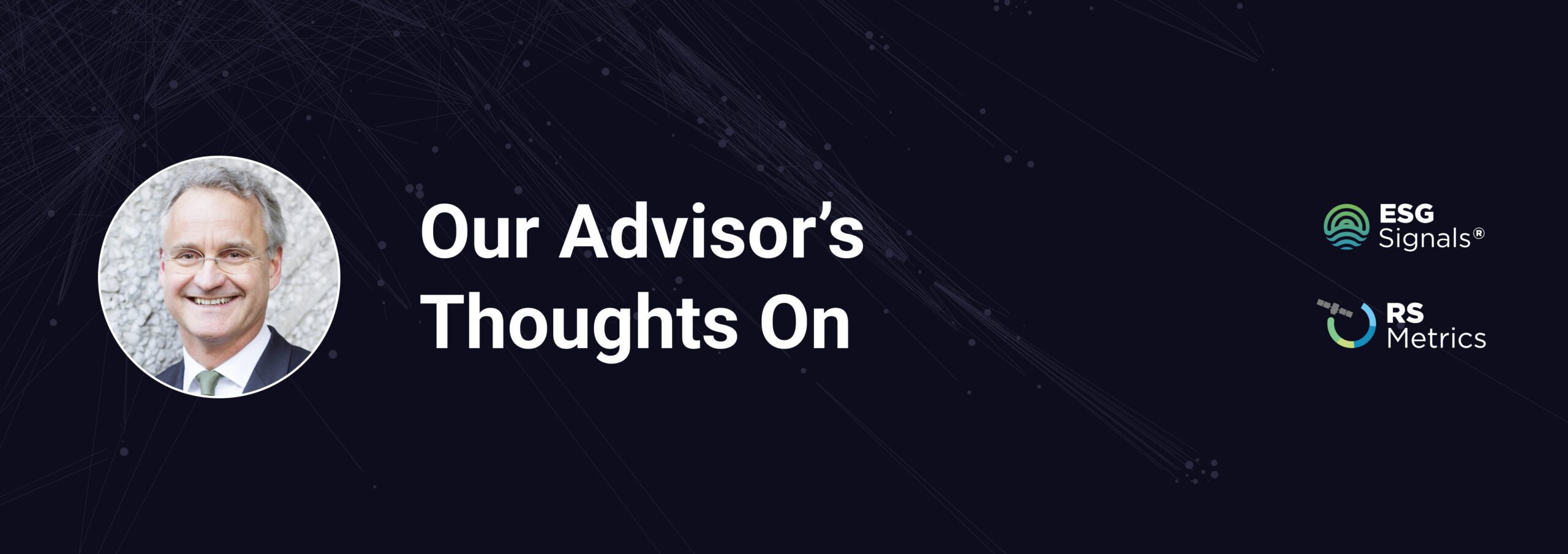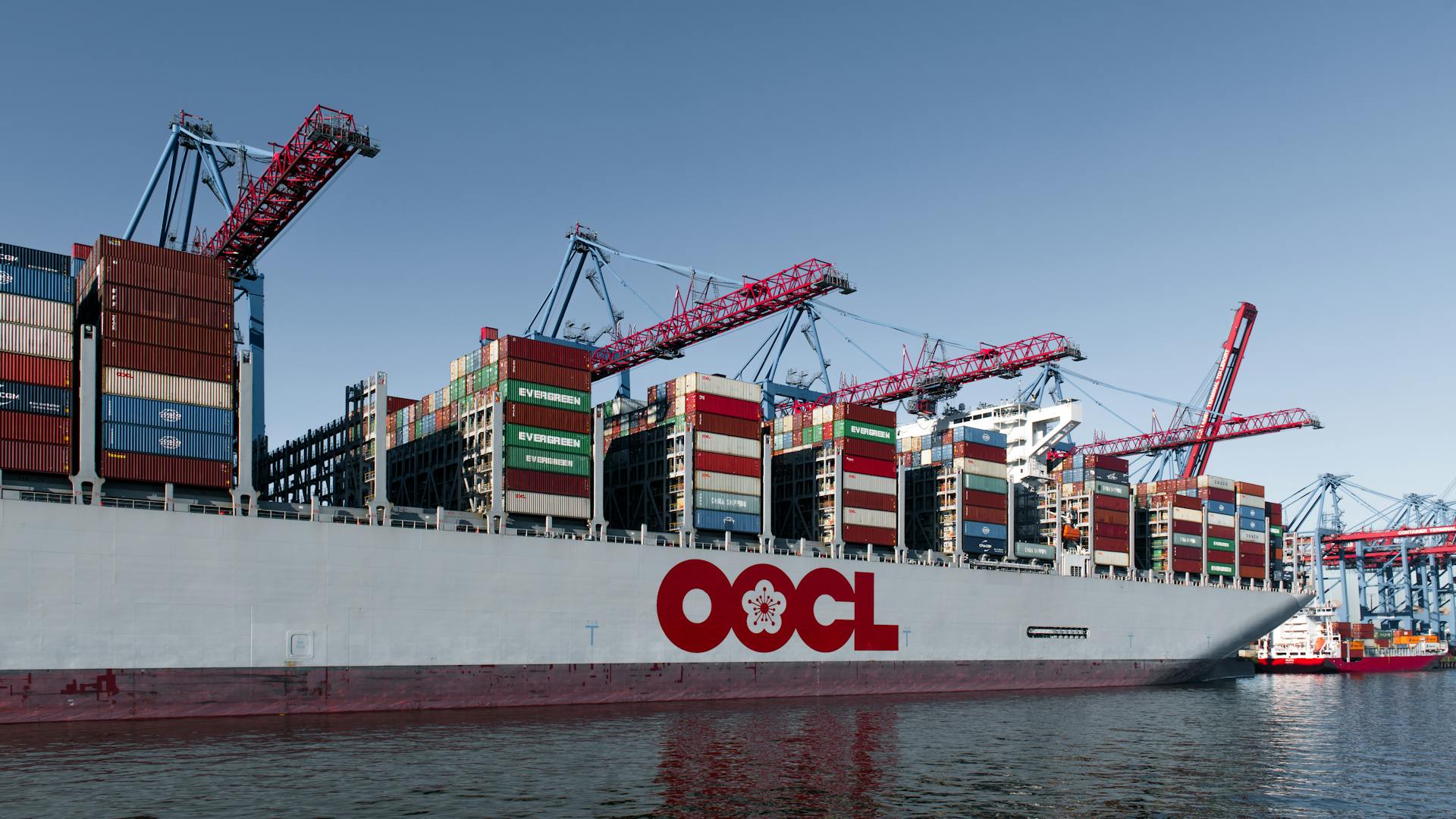In less than five months, thousands of large and/or listed companies within the European Union will be required to file a sustainability report based on their 2024 operations under the Corporate Sustainability Reporting Directive (CSRD).
CSRD came into force in January 2023 and the first wave of affected corporations will have to start reporting under CSRD regulations from January 1, 2025. CSRD is wide in scope and brings very detailed reporting obligations on climate impacts, risks and opportunities. As CSRD continues to be implemented, the assessment by the European Parliament is that by the end of this decade approximately 50,000 corporations will be subject to its mandatory disclosure requirements. CSRD is, without a doubt, the most far reaching sustainability reporting scheme introduced recently in the world and its most groundbreaking requirement is the introduction of a double materiality principle as part of the mandatory disclosure rules.

CSRD will require corporations to base their reporting to their stakeholders, like customers, suppliers, investors and regulators, on auditable and verifiable data. This provides corporations a once-in-a-lifetime opportunity to create a system of record (SOR) for managing climate and physical risk, which can guide their decarbonization and sustainability journey.
For companies that would like to obtain an additional data platform to support their CSRD disclosures, RS Metrics’ ESGSignals® can offer powerful information in a way that is accessible to the broader management team. RS Metrics’ tool is designed from the ground-up to meet these demands, enabling corporates to seamlessly comply with CSRD reporting obligations, while creating a SOR. What ESGSignals® aims to do seamlessly is link physical and climate risk to tangible business metrics. These metrics could include production at risk, revenue at risk, supply-chain impact, impact on other interrelated metrics such as biodiversity, MSA scores, emissions, etc. The sheer breadth of use cases across capital markets compels tailored rather than a one-size-fits-all solution.
Use cases for investors are numerous. Firstly, a tool like ESGSignals® can be used for establishing a foundational understanding of transition and physical risk within portfolios. Secondly, investors can use this baseline to benchmark holdings against each other on an objective basis and include, exclude, or engage equity names.
Engagement can be driven by deep visibility into which company assets are especially problematic in terms of environmental performance and risk. You can explore more about this theme, also known as involuntary transparency, from the blog piece “Transparency is the New Black” here written by Malcolm Harris, EVP, Corporate Strategy and Partnerships at RS Metrics. Likewise, investors can understand whether an ESG scoring framework is powered by company-wide performance, or by a few outlier assets that present a particular risk (e.g. the Brazilian Company Vale) and answer hard to answer questions like:
- What are the outlier assets in my portfolio in terms of exposure to Extreme Heat, Extreme Rainfall, Increased Fire Risk?
- How exposed is a portfolio company’s oil pipeline capacity exposed to physical risk, and in the event of a spill, what will be the impact on red list species or its MSA / KBAs etc.
- How does Exxon’s physical risk profile compare to Shell’s on a percent of production basis exposed to sea level risk, fire, water stress?
All of these questions can be answered by ESGSignals®’ metrics and explored through the company dashboards which can be accessed on Google Cloud Marketplace here. Opting for a tool like this can offer your company powerful information to respond to current requirements like CSRD and address areas for improvement within your processes. It will also give you an overview of how your assets are doing when it comes to a broad variety of environmental themes, allowing you to pursue your sustainability goals more effectively.



















